Interactive Brokers Joins S&P 500, Replacing Walgreens
Abstract:Interactive Brokers enters the S&P 500 on Aug. 28, replacing Walgreens. Analysts weigh in on stock volatility and long-term investor implications.
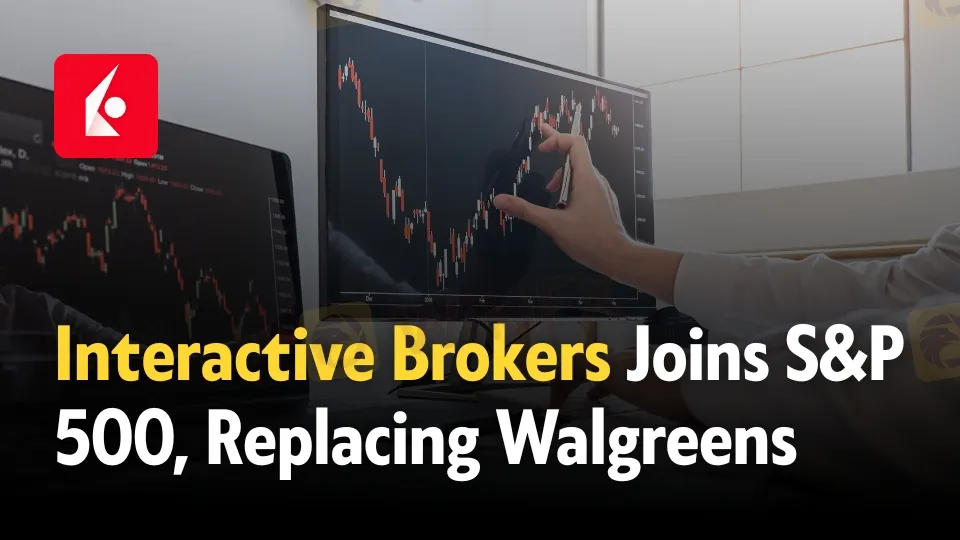
Interactive Brokers Set to Join S&P 500 Index on August 28
Interactive Brokers Group Inc. (NASDAQ:IBKR), a leading electronic brokerage firm, will officially become part of the S&P 500 index on August 28, replacing Walgreens Boots Alliance. The move follows Walgreens‘ pending privatization by Sycamore Partners, marking a significant reshuffle in one of the world’s most tracked equity benchmarks.
The announcement by S&P Dow Jones Indices triggered a surge in IBKRs stock price earlier this week, with shares climbing 3.4% before experiencing a technical pullback of the same magnitude the following day. Despite the dip, Interactive Brokers remains up over 35% year-to-date and is trading near its 52-week high of $67.63.
Index Inclusion Spurs Institutional Demand
Joining the S&P 500 is widely viewed as a milestone for any publicly traded company. For Interactive Brokers, the inclusion is expected to boost visibility and liquidity, as index funds and ETFs that mirror the S&P 500 are now mandated to purchase IBKR shares. This influx of institutional investors often leads to increased demand and valuation, though the companys core financials remain unchanged.
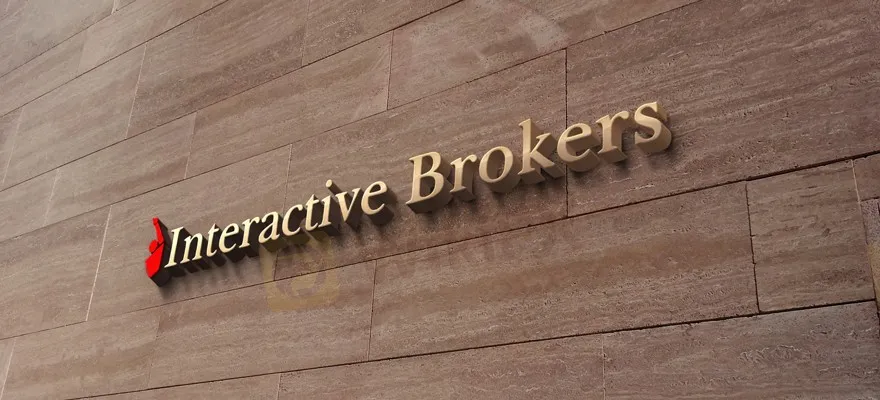
According to Goldman Sachs, stocks newly added to the index have historically outperformed the equal-weighted benchmark by an average of 4% on announcement day, with nearly 75% beating the index since 2021. Barclays analyst Benjamin Budish recently reiterated an “overweight” rating on IBKR, raising the price target to $73, citing strong trading volumes and resilient net interest income.
Volatility and Long-Term Outlook
While the markets reaction to the inclusion has been mixed, with short-term price swings, analysts suggest the volatility reflects broader stock market dynamics rather than a shift in company fundamentals. Over the past year, IBKR has seen 16 price movements exceeding 5%, underscoring its sensitivity to macroeconomic trends and investor sentiment.
For long-term investors, Interactive Brokers consistent growth and tech-driven platform continue to attract both retail and institutional clients. The firm reported $1.48 billion in revenue last quarter, up 14.7% year-over-year, and offers a modest dividend yield of 0.51%. With its S&P 500 debut imminent, many are asking: Should you buy Interactive Brokers stock now?
About Interactive Brokers
Founded in 1978, Interactive Brokers is a multinational electronic brokerage firm offering trading services across stocks, options, futures, forex, and bonds. Known for its low-cost structure and advanced trading tools, IBKR serves both retail and institutional investors globally.
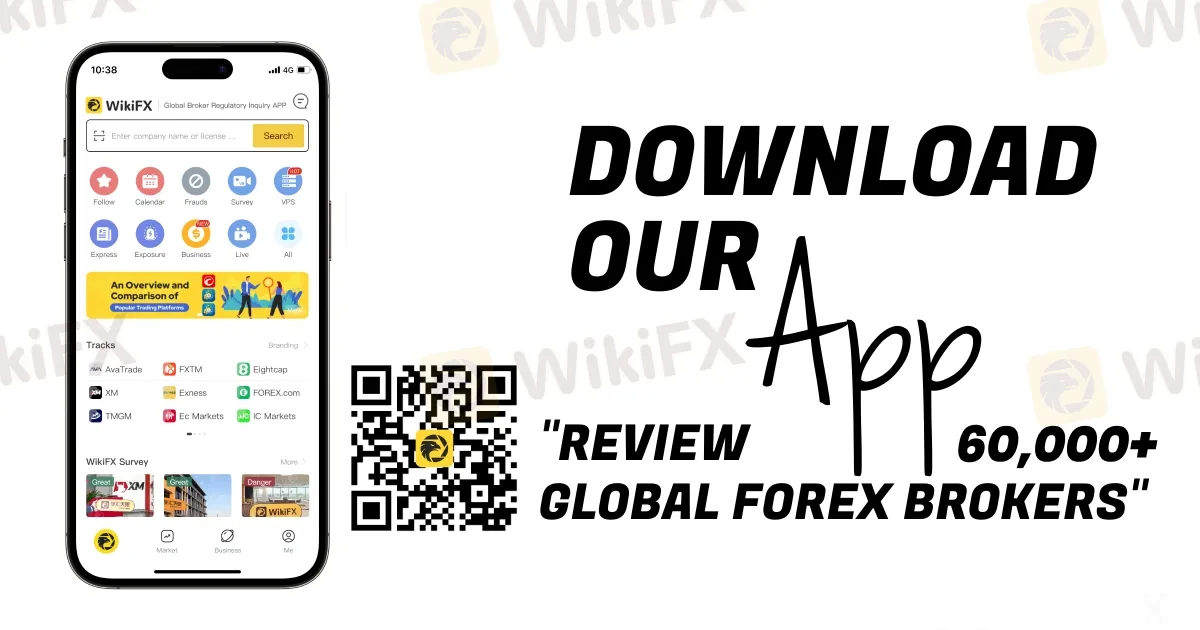
Read more
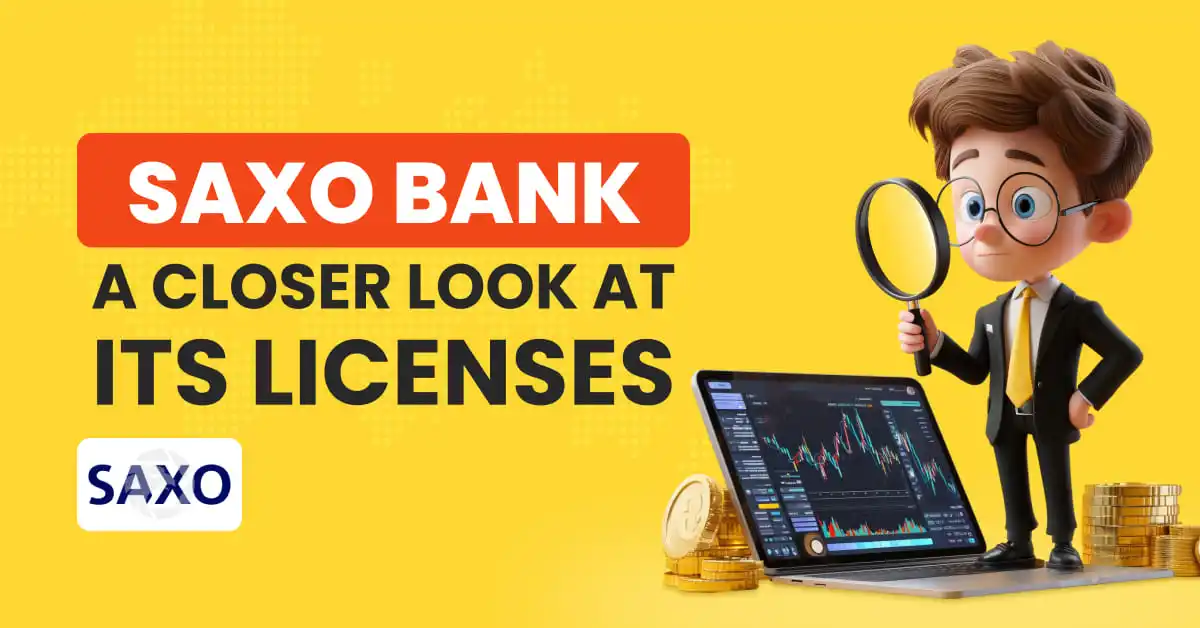
SAXO Bank: A Closer Look at Its Licenses
Saxo Bank, a multi-asset broker, has long been recognized as a major player in the global trading landscape. Through WikiFX, we gain deeper insight into the broker’s regulatory standing, reliability, and the real experiences of traders.
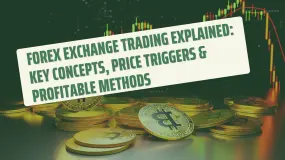
Forex Exchange Trading Explained: Key Concepts, Price Triggers & Profitable Methods
Excited to make a mark in forex trading by benefiting from currency price fluctuations? You have come to the right place to learn the art of forex trading. With Forex being the largest financial market globally, it is only natural to see the exchange of trillions of dollars daily by numerous participants, including commercial banks, individual retail traders, and central banks. Seeing the massive scope for growth, traders invariably inquire about the forex market dynamics, including its working methodology, key concepts, and profitable methods. In this article, we have discussed these points. Read on to understand these and implement them in real time.

Behind the Licences: Is Pepperstone Really Safe for Malaysians?
Pepperstone has built a global reputation as a forex and CFD broker, and it frequently highlights its network of international licences. Yet, when examined through WikiFX, the picture becomes more complex.
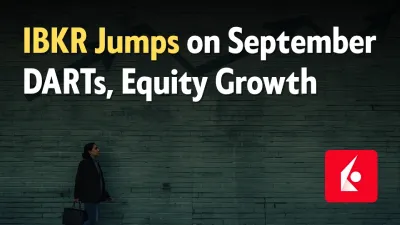
IBKR Jumps on September DARTs, Equity Growth
Interactive Brokers' stock climbs after strong September metrics, with DARTs and client equity surging while Citigroup lifts its price target.
WikiFX Broker
Latest News
Behind the Licences: Is Pepperstone Really Safe for Malaysians?
Promised Recession... So Where Is It?
Happy Mid-Autumn Festival from WikiFX to YOU!
Forex Exchange Trading Explained: Key Concepts, Price Triggers & Profitable Methods
SAXO Bank: A Closer Look at Its Licenses
Rate Calc


